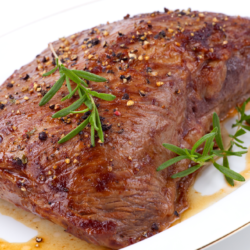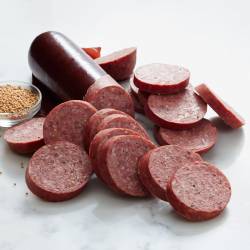Description
Sablefish is also referred to as “Black Cod” or “Butterfish”; however, the Sablefish is not actually a member of the cod family, nor is it the true butterfish. Rather, it is of the family Anoplopomatidae, which is confined to the icy waters off the Pacific Northwest. Due to its extremely high oil content for a white-fleshed fish, the Sablefish is renowned for its rich, buttery flavor. Its true name is actually derived from its small, dark brown to black scales, which feel almost velvety to the touch – perhaps like the fur of a sable.
In the wild, sablefish are caught in deep waters off the coasts of the Pacific, ranging as far south as Baja all the way to Alaska, mostly with longlines, pots and sunken gill nets. The Sablefish offered by OtterBee’s through Fishermen Direct Seafood are caught individually hook and line off the Rogue Reef and in adjacent offshore waters in Curry and Coos Counties. Traditional hook and line fishing methods reduce by-catch*; this method also ensures that the fish are bled and chilled right away, resulting in a superior taste and freshness.
The moist, velvety white flesh of Sablefish can be baked, poached, broiled, grilled using a grill basket, or pan-fried. Whole fish (or large fillets) can be roasted with the skin left on. Because of its oil content, it is rich with Omega-3 fatty acids, and can stay moist when both barbecuing and smoking (a technique common for centuries among the indigenous tribes of the Pacific Northwest). However, care should be taken by the inexperienced: it is not suitable for most codfish recipes.
*Here’s what Greenpeace says about hook and line fishing: “Hook and line fishing is more selective than other types of fishing in terms of species and size, and provides high quality fish. The method can be used on spawning fish as they normally only bite after completion of spawning. Lines are set for a relatively short time so that any unwanted species can often be returned live to the sea.”




